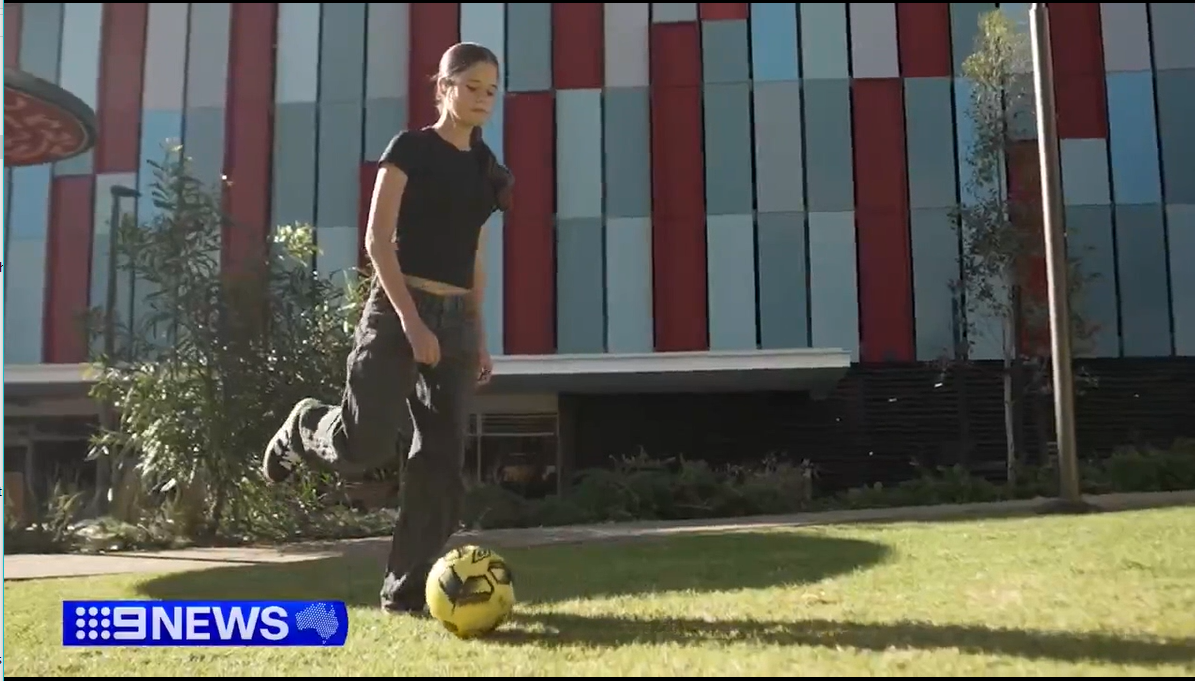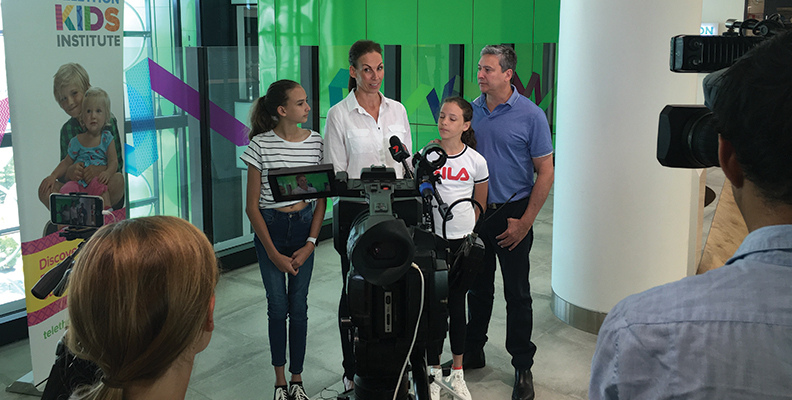Search
Research
Assessment of early lung disease in young children with CF: A comparison between pressure-controlled and free-breathing chest computed tomographyOur data suggest that FRC PC-CTs are less sensitive than TLC PC-CTs and that FB-CTs have similar sensitivity to PC-CTs in detecting lung disease
Research
Early disease surveillance in young children with cystic fibrosis: A qualitative analysis of parent experiencesSensitive measures of early lung disease are being integrated into therapeutic trials and clinical practice in cystic fibrosis (CF). The impact of early disease surveillance (EDS) using these novel and often intensive techniques on young children and their families is not well researched.
Research
Oxidative stress and abnormal bioactive lipids in early cystic fibrosis lung diseaseSeveral lipid biomarkers of early cystic fibrosis lung disease were identified, which point toward potential disease monitoring and therapeutic approaches
News & Events
Telethon Institute awarded two national Centres of Research ExcellenceTelethon Institute awarded two national Centres of Research Excellence
Research
SYNERGY CF: Getting the best start to life - preventing early cystic fibrosis lung disease by solving the host-inflammation infection conundrumCystic fibrosis related progressive lung disease characterised by inflammation and infection commences soon after birth.

News & Events
Promising results for new Western Australian-pioneered cystic fibrosis drugChildren with cystic fibrosis will be included in the next phase of a clinical trial of a promising new treatment pioneered in Western Australia aimed at boosting their immune responses to infections. Originally developed by researchers at The Kids Research Institute Australia and Perth Children’s Hospital.
Research
Air Trapping on Chest CT Is Associated with Worse Ventilation Distribution in Infants with Cystic FibrosisIn school-aged children with cystic fibrosis (CF) structural lung damage assessed using chest CT is associated with abnormal ventilation distribution.
Research
Exciting new clinical trials in cystic fibrosis: Infants need not applyThe recent announcement of the negative results of the TIGER- 2 phase 3 study of denufosol tetrasodium
Research
Clarithromycin therapy for patients with Cystic Fibrosis: A randomized controlled trialThe clinically significant actions of oral azithromycin in modifying progressive cystic fibrosis (CF) lung disease have been well documented.

News & Events
New drug therapy provides hope for kids with cystic fibrosisThe Kids Research Institute Australia spin-off company, Respirion, received $20 million in funding to develop a promising new therapy.
